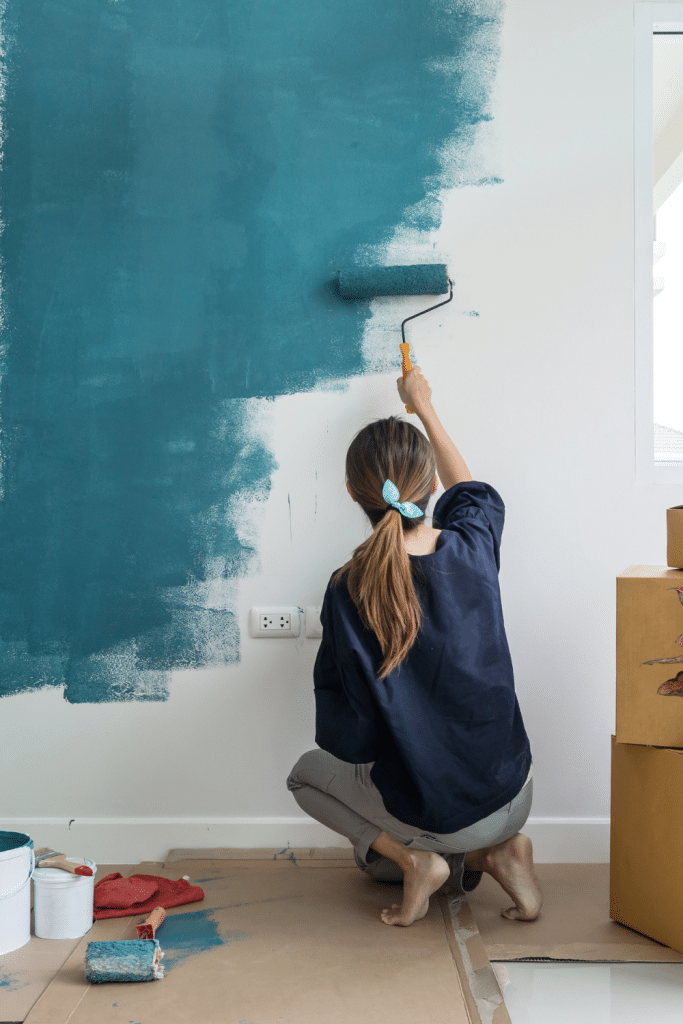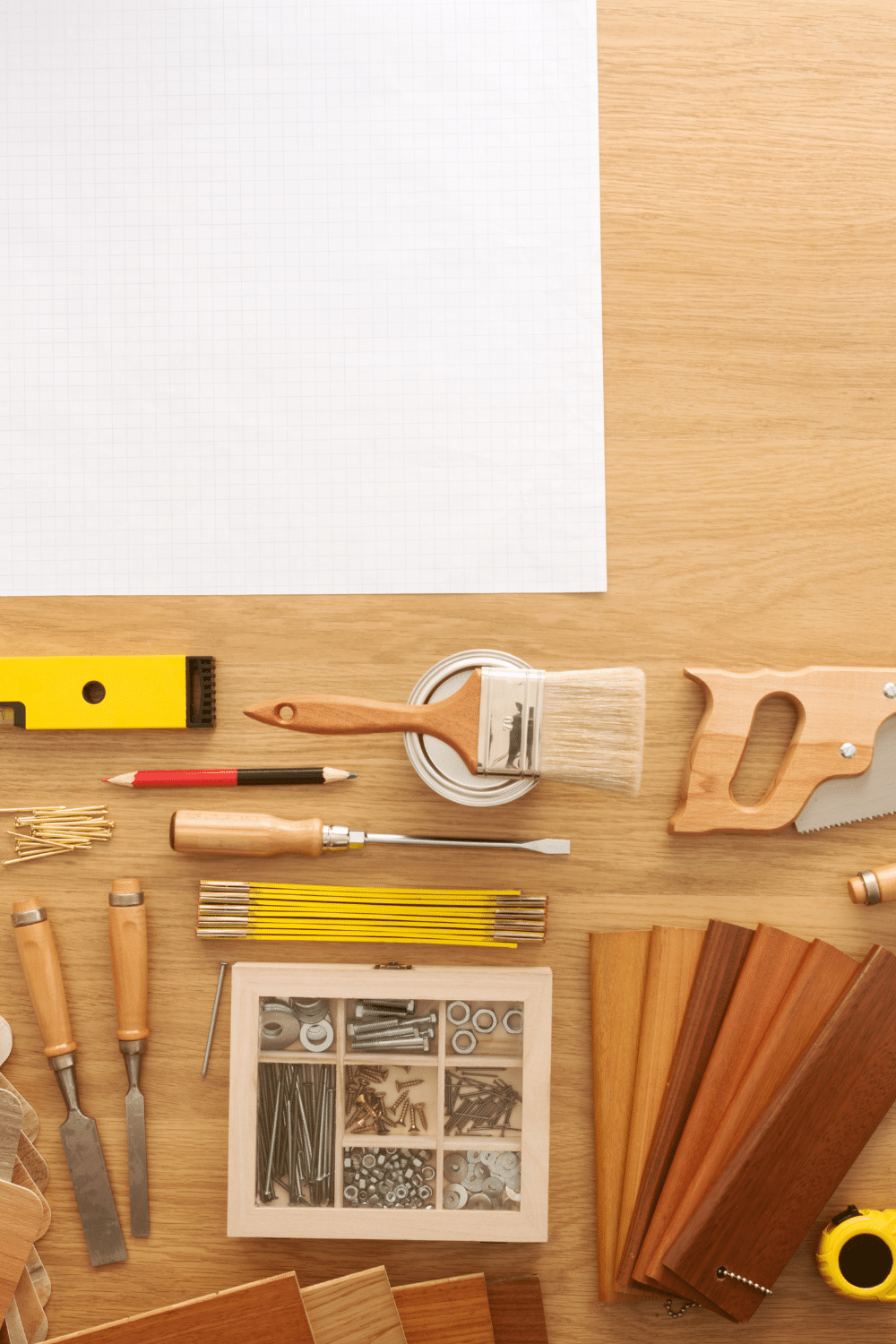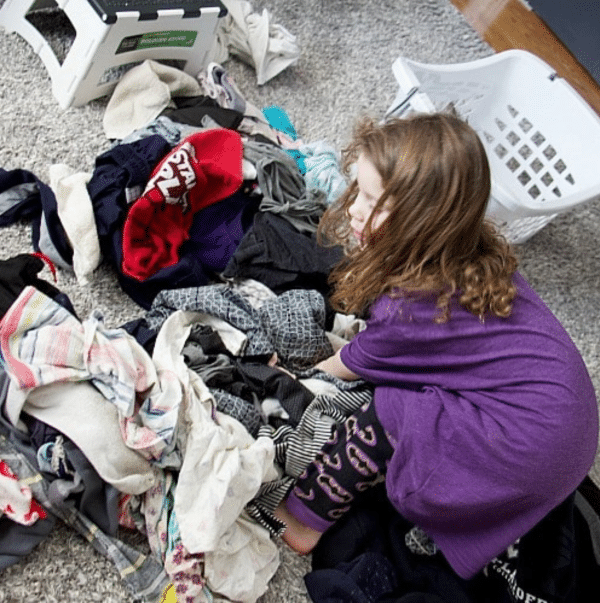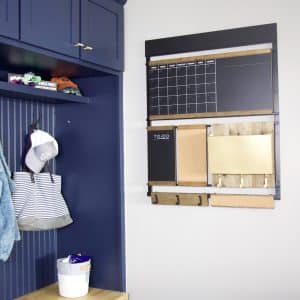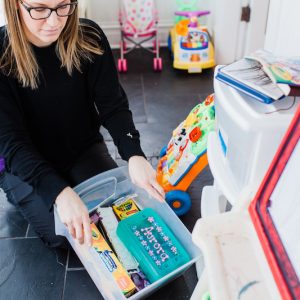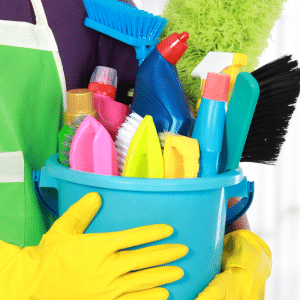How to Decide When to do a Home DIY and When to Not?
The pride feeling when you complete a DIY project is great. And while it’s amazing to do work around the house by yourself, that’s not always a good idea. There are situations when DIYS are risky and can cause serious consequences. Here is when it’s better to leave remodeling projects to professionals!

The first rule is to consider whether you feel confident about the project. Someone who needs a plumbing repair must know the pipe layout and be clear about what needs to be done. Are you sure you can complete all the steps? If you are having second thoughts about any part of the project, it’s best to leave things to a professional. Here are some situations when contacting experts is an intelligent idea.
When You Have a Lack of Expertise
You watched an online tutorial, and the guy in the video made everything look easy. But in reality, DIY takes both expertise and experience. Some projects require specific skills but also caution to remove any potential risks before doing the work.
For example, laying out tiles requires experience to ensure the best possible outcome that will minimize the risk of mold. Carpentry demands precision, and newbies might lack that expertise. And what if you find lead paint or asbestos in your home? It’s something experts need to deal with and remove to ensure there’s no risk for you or other household members.
Electricity and Plumbing Jobs
Electricity and plumbing jobs are usually the riskiest ones in a home. For example, you can’t change a lighting fixture before ensuring the electricity is off. And if you don’t know what you are doing, you shouldn’t even think about connecting the wiring. A small mistake could have fatal consequences, which is why it’s better to leave things to professionals.
You might handle some plumbing jobs, such as dealing with a simple clog. But here is when contacting a pro is a better option:
- You aren’t sure what the exact problem is.
- There’s a clear risk of flood or another big issue.
- You don’t know which materials to use for pipes or other components.
- There’s a potential risk of injuring yourself.
- It’s a huge project, such as repiping your entire home.

When You Don’t Have Enough Time
Home DIY enthusiasts often consider home improvement projects a hobby. It’s something you like doing in your spare time. And that’s great, but you should always ensure there’s enough time to complete a project. The internet video might show the guy completing the entire remodeling task in 45 minutes.
But the footage didn’t show everything. You might need to head to different stores to acquire the necessary materials. And if you don’t have experience with that type of project, each step will take you longer than the video. It’s why DIY projects can extend to a couple of days or weeks.
The problem is if you run out of time and need to leave an important project for next week. What if you started working on plumbing and your lack of time cuts out the entire water supply in your home? Time management is the crucial part of DIY projects. If you can’t dedicate yourself to a remodeling task, sit down, relax and call a pro.
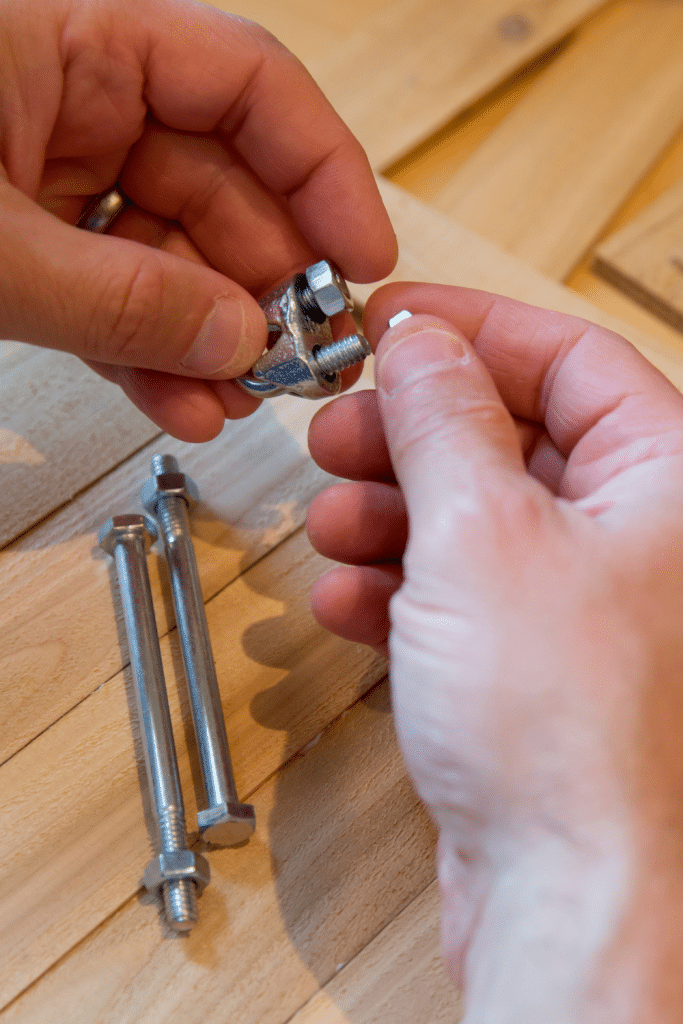
When It Can Be Dangerous
According to reports, falls from ladders cause 300 deaths in the United States yearly. Over 164,000 people need emergency treatment after falling from ladders. If you plan on using this equipment, it might be safer to let a pro handle the project. And if you are using the ladders, pay great caution and have someone nearby to help.
Many other risks also come with renovation projects. Electrical wiring can have fatal consequences. You can get injured while lifting heavy items and many tools are tricky to operate. Saws, nail guns, and other handheld tools often lead to injuries.
Also if you aren’t experienced, a home DIY may not be safe if it involves equipment you haven’t used before.

Not Enough Tools and Equipment
Before you start a remodeling task, ask yourself if you have the necessary equipment. Here is what you might need:
- Demolition – voltage testers, sledgehammers, crowbars
- Painting – rollers, brushes, drop cloths, ladders
- Safety equipment – glasses, gloves, ear protectors
Most remodeling projects require basic tools, such as screwdrivers, hammers, wrenches, etc. You could use a tape measure, too. Handheld tools ranging from circular and table saws to cordless drills are necessary for some assignments. It can be expensive or tricky to find all these items. But if you hire a professional, you know they will come prepared!
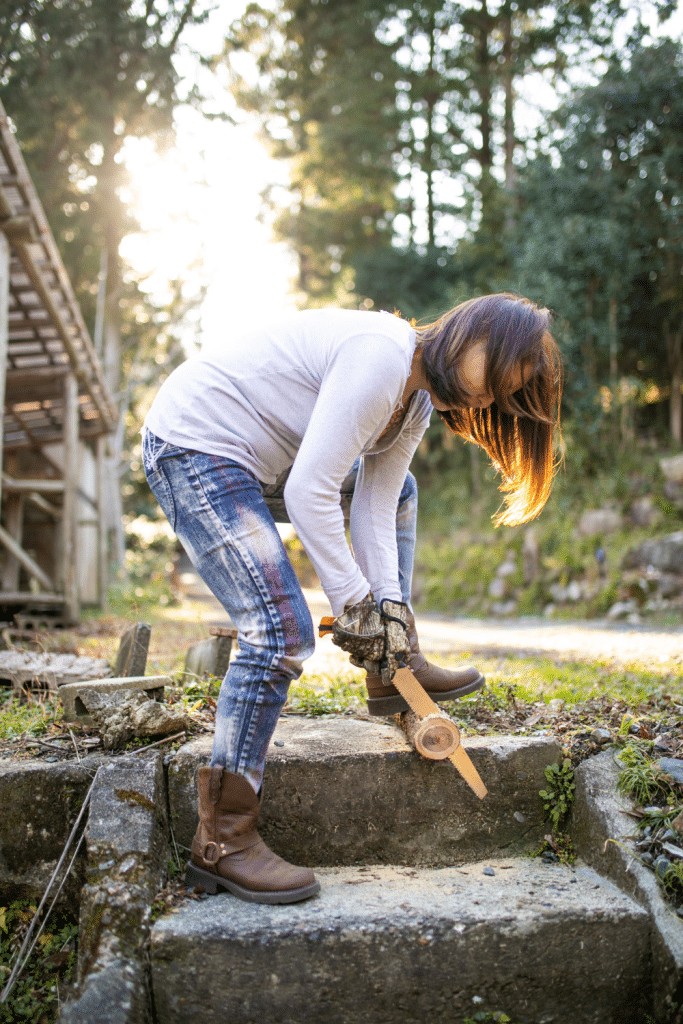
When To Home DIY
While these tips are great for knowing when you shouldn’t do a project yourself, there are many projects you can do yourself! When it comes to painting, upholstering, and hanging pictures, you can easily DIY projects to create a home you love.
How To Make Acrylic Dry Erase Board DIY
How To Paint Edges Without Tape
A Beginner’s Guide To Hanging Things On Walls Without Damage
How To Upholster Practically Anything
How to DIY Computer Desk Without Building Anything
